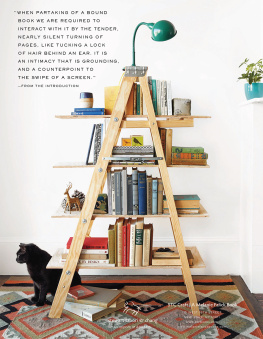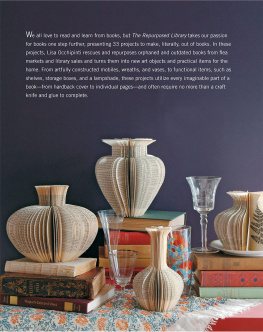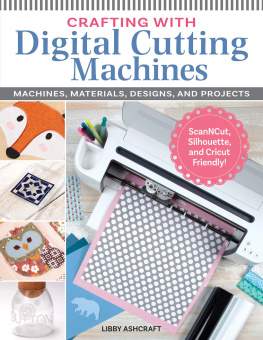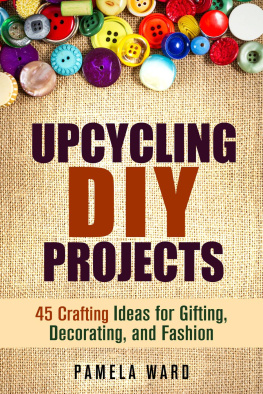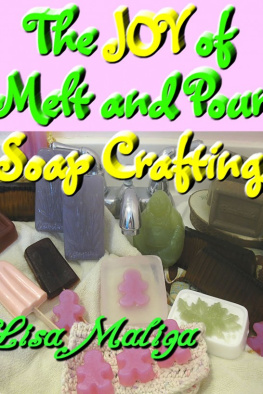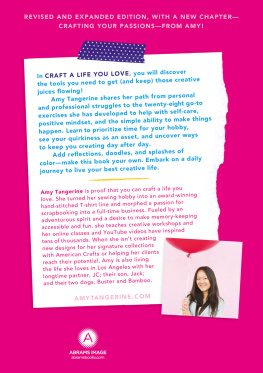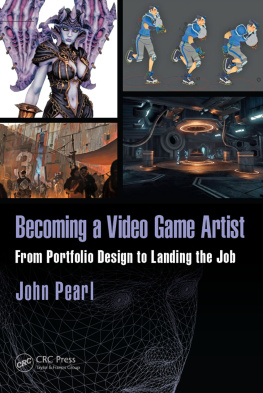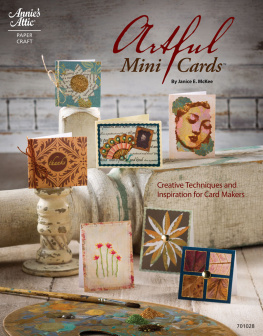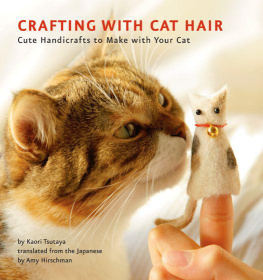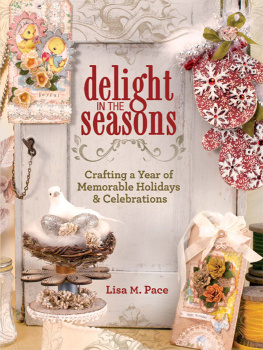
FOR TRISTAN JAMES



INTRODUCTION
The form of a book as a readable object has changed immensely with the dawn of digital reading. In fact, for many, a book is no longer a tangible form at all but a file that is convenient, environmentally beneficial, and efficientyet, some might say, not a complete substitute for an actual book. The act of reading has altered little, but how we experience a book has morphed fully.
Novel Living is a hymnal to actual, physical books, their forms and their functions. Books are symbols of knowledge and are meant to be read, yet they are also physically experienced; they are tactile and engage our senses. We open a book, hold it in our hands, and are aware of its scent, and when we read we hold it close to our bodies, near our hearts, in fact. We cradle books at our cores as we would an infant child. We curl up with a good book. When partaking of a bound book we are required to interact with it by the tender, nearly silent turning of pages, like tucking a lock of hair behind an ear. It is an intimacy that is grounding and a counterpoint to the swipe of a screen.
All books, both digital and bound, allow us to learn about things we may never experience firsthand or go to places we may not otherwise reach. We can span time, going back in history or propelling ahead into the future. They provide platforms from which to experience nearly anything and therefore broaden our perspective of the world. We gain a greater understanding of humanity and therefore a deepened sense of compassion. As e-readers become more quotidian, we are apt to have fewer physical books in our lives and so the actual books we do have could be considered all the more sacred.
Books transport us not just through their stories, but through recalling where we were when we read them. Seeing the cover illustration of an actual book is as powerfully transportive as a scent that pulls you to some distant memory. I see Judy Blumes Are You There God? Its Me, Margaret and immediately I am in third grade again beneath a blinking sun standing in line for the school bus, that book in the pocket of my knapsack. The emotional connection to books is undeniable.
Though knowledge, data, and stories are contained in digital formats these days, their paperbound counterparts give them context. The style of the covers, the choice of font, the surface of the paper contribute to the experience of reading. The fact that these books have a physical presence and a conceptual one (with the ideas they contain) has made me an inadvertent bibliophile from birth. They are aesthetically and intellectually compelling. And the notion that these rectangles made of paper, comprised of ungirded potential, can fit in the palm of my hand and withstand decades, even centuries, never ceases to amaze me.
Many years ago while studying art in France, I visited the chateu de Chantilly. It has an extensive historical library, and it was there that I saw the Duke du Berrys Book of Hours (Trs Riches Heures du Duc du Berry), a magnificent illuminated manuscript created over the course of many years in the 1400s by several artisans. I had studied this book in reproduction, but to see it in person was truly transformative. In that moment, my notion of what books are and what they could be stretched and lengthened, and furthered my commitment to them. I find the symbiosis of text and image in illuminated manuscripts endlessly beguiling. That a book could be a painstakingly handmade, one-of-a-kind creation that is not only visually compelling but contains written information inspires my art-making processes to this day.
TWO OF MY ARTWORKS:

Sculpture Set Free, 10 20 3" (25.5 51 7.5 cm), 2013. Book spines are cut and coated in beeswax then assembled into a wall relief sculpture.

Artist Book Come As You Are, 9 6" (24 15 cm) closed/9 24" (24 61 cm) opened, 2014. An old book is upcycled into a livre d artiste. Composite photos are printed onto the back sides of the books original pages, assembled into an accordion binding, and recased in the original covers.
As an artist, books have always informed my work even before I was aware of it, before I started using books as materials in my work. For the first twenty years of my career I was a painter who also made handmade books. Instinctively, the compositions of my paintings consisted of pages. I would design the surface into sequential rectangles and incorporate combinations of words, typography, and images.
I moved from painting and making books to deconstructing them to create assemblages and artists books ( SEE LIVRES D ARTISTES ON ), which I do now in tandem with photographing books. I take obsolete, worn, or damaged books and deconstruct them, then reconstruct them into bespoke sculptures. I also photograph books, creating composites from a variety of sources, which allows me to author visual stories. I shared many of my techniques when I wrote The Repurposed Library, a volume devoted to transforming books into functional objects and art.
Now I have written Novel Living to further expound upon the virtues of physical booksof collecting them, appreciating them, living with them, and understanding how the ones we choose define us. As our culture espouses the digitalization of most reading material, books are becoming a distinct niche in and of themselves, and Novel Living addresses the ideas behind this.
Books are cultural objects, reflecting the times in which they were written and published, evincing the tastes, ideologies, and language of an era, making them inherently collectible. Books are barometers of the times (just look at the current bestseller list). Chapter 1, Collecting Books, covers how to source and budget a collection, why it is important to acquire books, and how to collect books based on content or form.
Fiction or nonfiction, books are thoughts made actual. And collecting based on a books content reflects who you are as much as it shapes the space you collect in. An author expresses herself on the page, committing her ideas to the physical marks of words in order to share them. When you read, you are in unison beside the author listening to her in silent dialogue. You might even underline something that grips you or make a note in the margin. In this way you have connected. While content conveys attitudes and concerns, a books form, its cover, typography, materials, and style are also part of its story. It is an indicator of the time in which it was printed and bound.
Though acquiring and reading books is a solitary practice, we connect to others through books. Liking the same genres is akin to liking the same music. Because books are creative and intellectual vessels, a common set of values is shared with others who like the same as you. And a library organizes books into a snapshot of who you are. Chapter 2,
Next page
